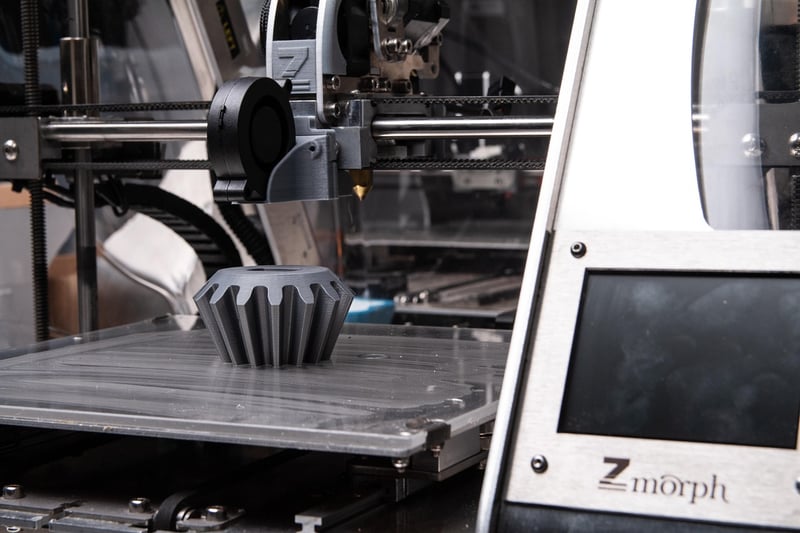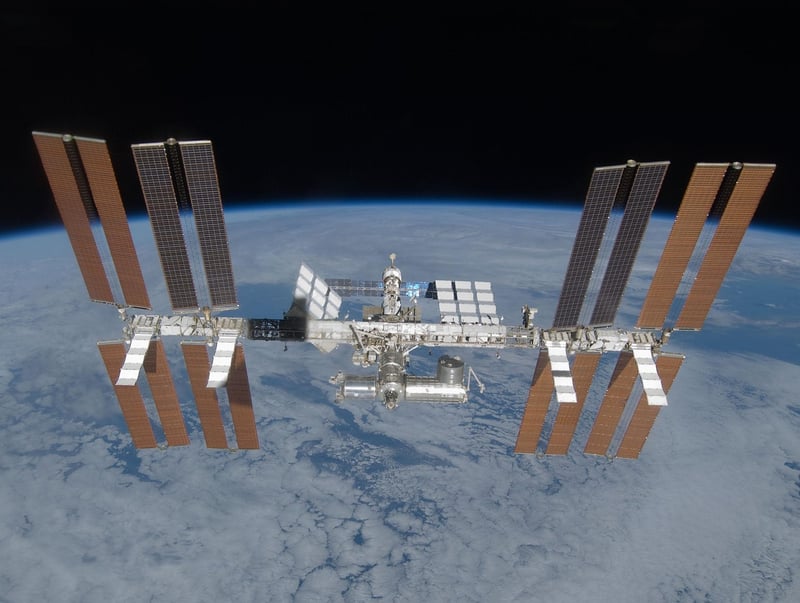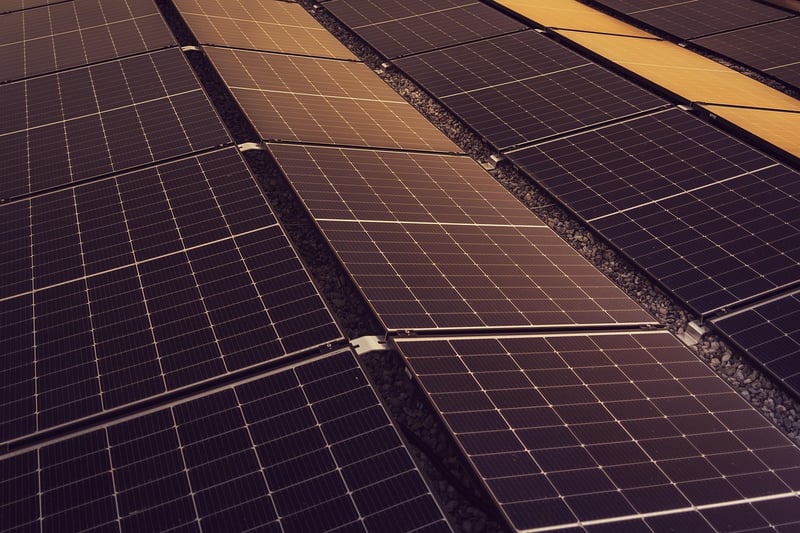Space Habitat Design
The Future of Space Habitats: Cutting-Edge Innovations in Design
As humanity looks towards the stars and envisions a future beyond Earth, the design of space habitats plays a crucial role in enabling long-term human presence in space. With advancements in technology and engineering, cutting-edge innovations are shaping the way we imagine and create living spaces beyond our planet.
1. Bio-Inspired Architecture
One of the most innovative approaches to space habitat design involves drawing inspiration from nature. Bio-inspired architecture mimics biological systems to create sustainable and efficient living spaces. From structures that replicate the strength of spider silk to habitats that function like ecosystems, these designs offer a glimpse into a harmonious coexistence with the environment.

2. 3D Printing Technology
3D printing technology has revolutionized the way we manufacture objects, and its impact is no less significant in space habitat design. By using lunar or Martian regolith as raw material, 3D printers can construct habitats layer by layer, offering a cost-effective and sustainable solution for building structures in space.

3. Inflatable Modules
Inflatable modules provide a lightweight and compact solution for transporting habitats to space. Once inflated, these structures offer a surprisingly spacious living area, demonstrating how innovative design can optimize space utilization in the constrained environment of space.

4. Sustainable Systems
Sustainability is a key consideration in space habitat design, where resources are limited and recycling is essential for long-term survival. Innovative systems for water reclamation, air purification, and waste recycling ensure a closed-loop environment that minimizes waste and maximizes efficiency.

5. Virtual Reality Integration
Virtual reality technology is being integrated into space habitat design to enhance the psychological well-being of astronauts during long-duration missions. Immersive VR experiences provide a connection to Earth and a sense of normalcy in the isolation of space, improving mental health and overall mission success.

With these cutting-edge innovations in space habitat design, the future of human habitation in space looks more promising than ever. By combining technology, sustainability, and human-centric design, we are paving the way for a new era of space exploration and colonization.
References:
